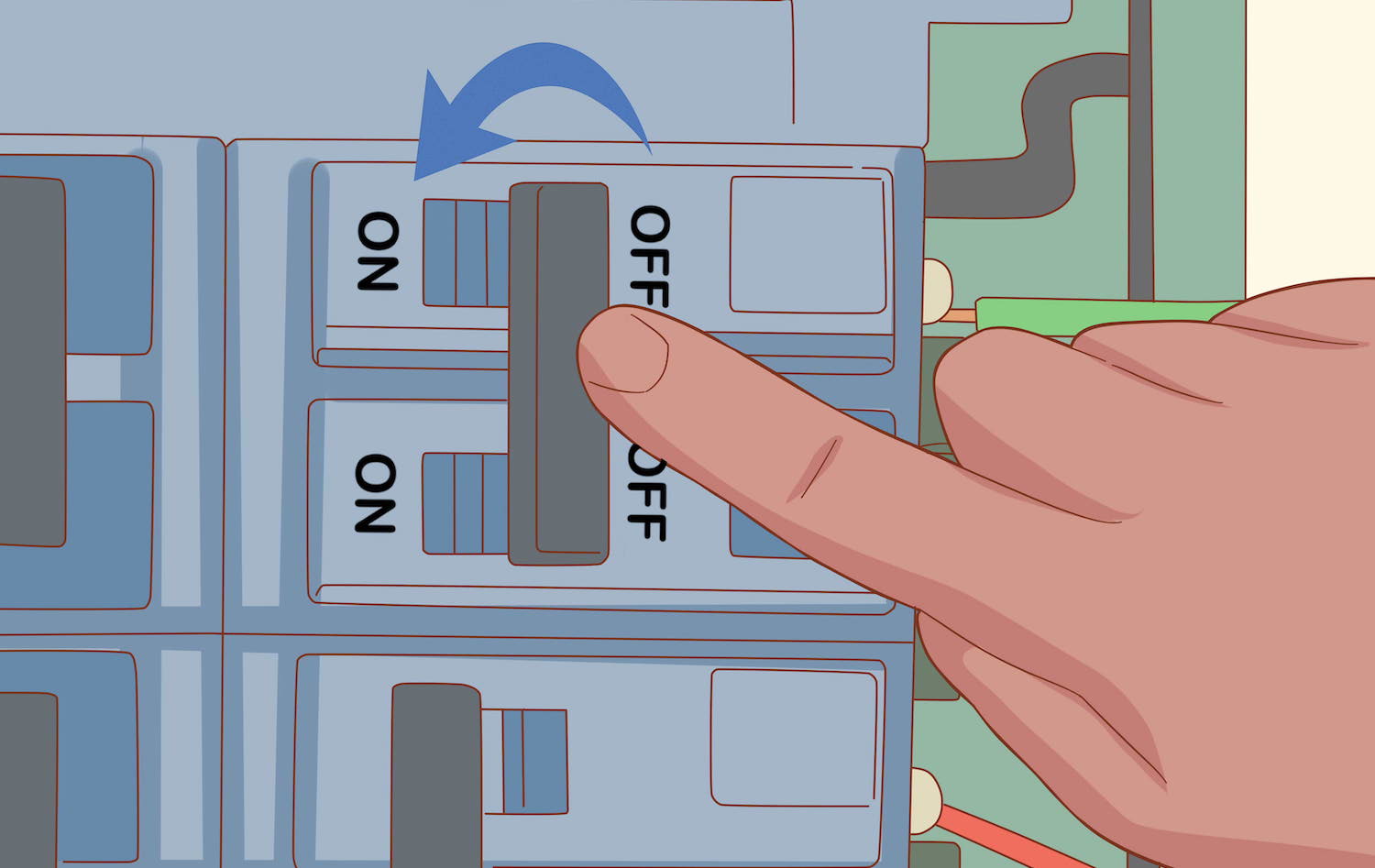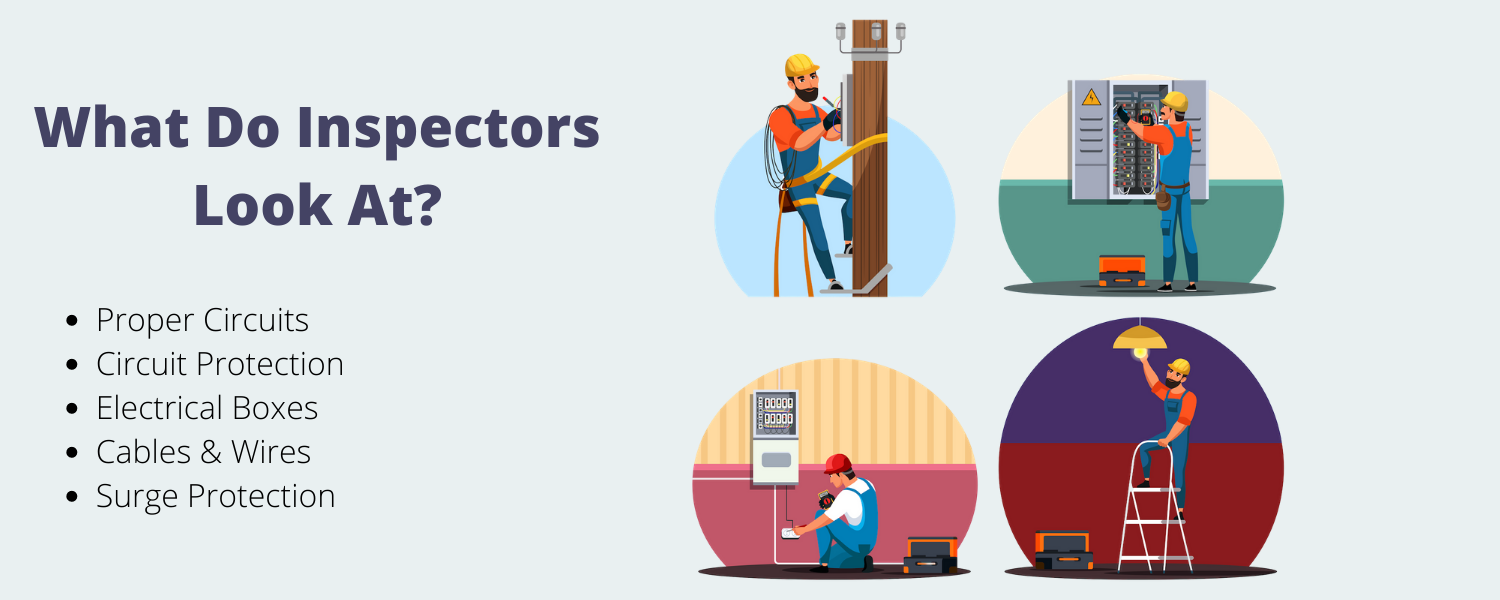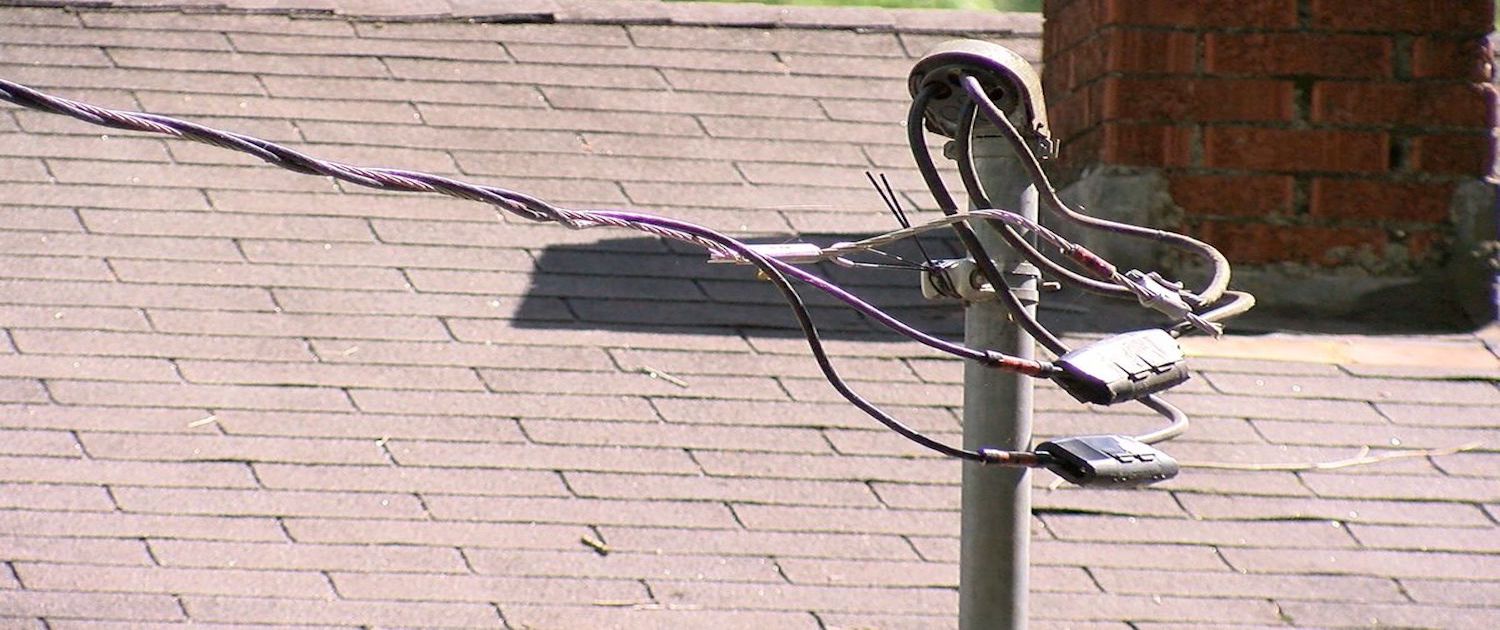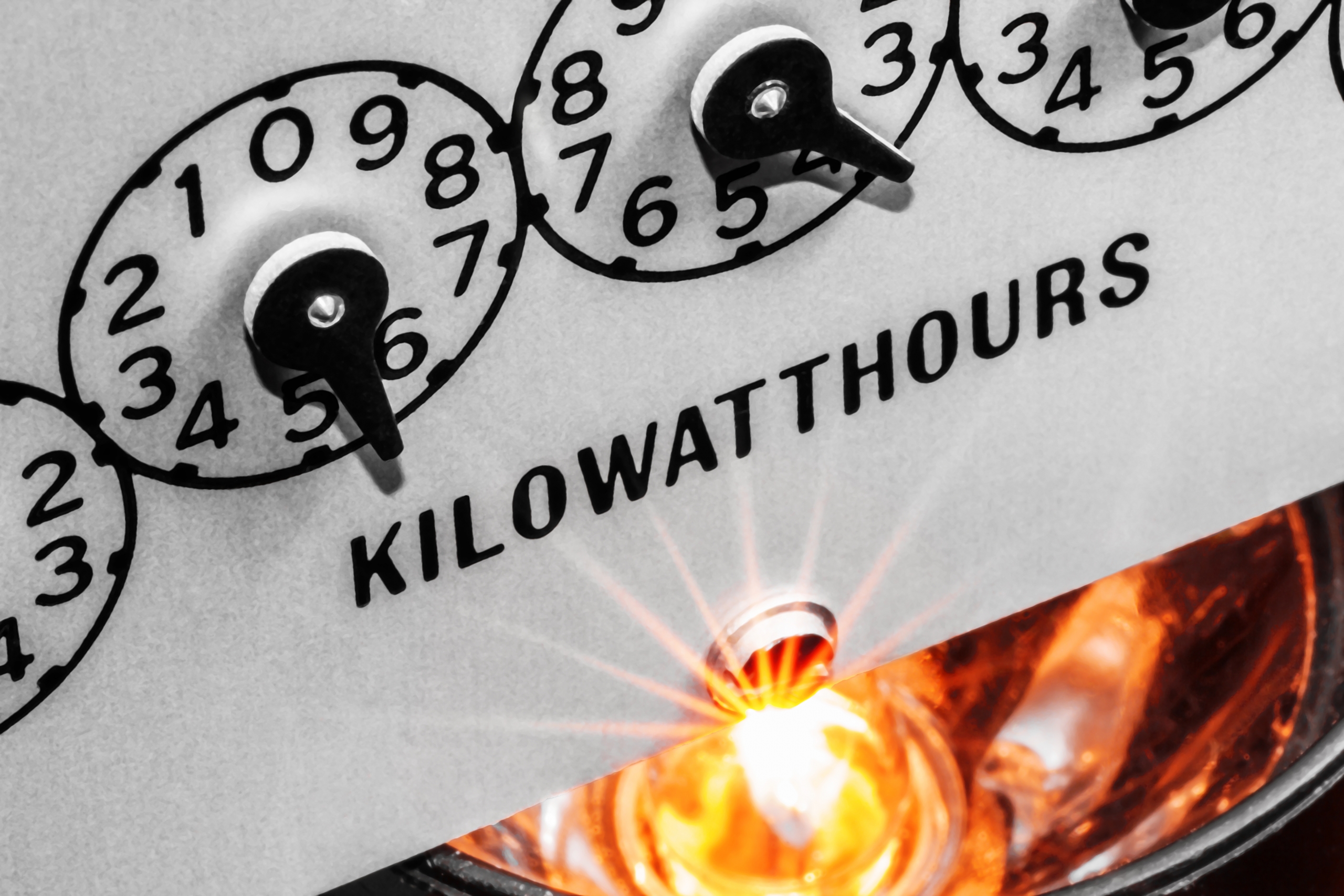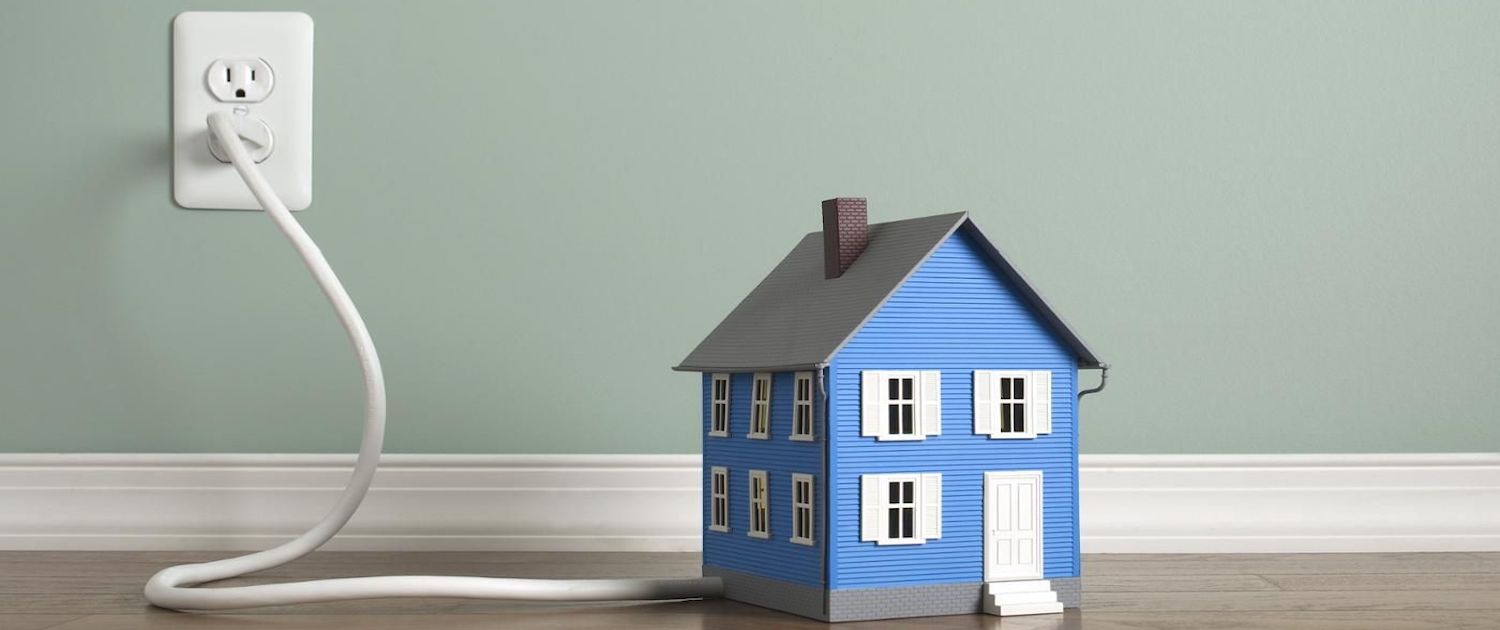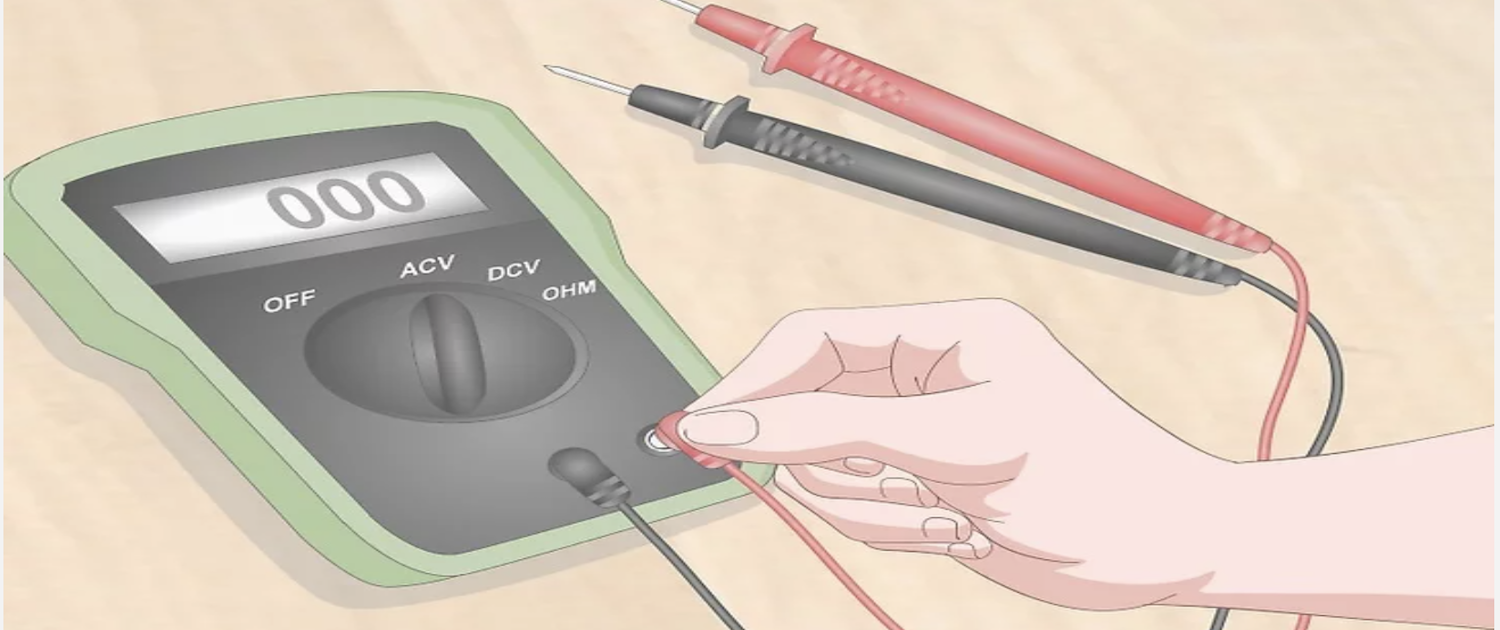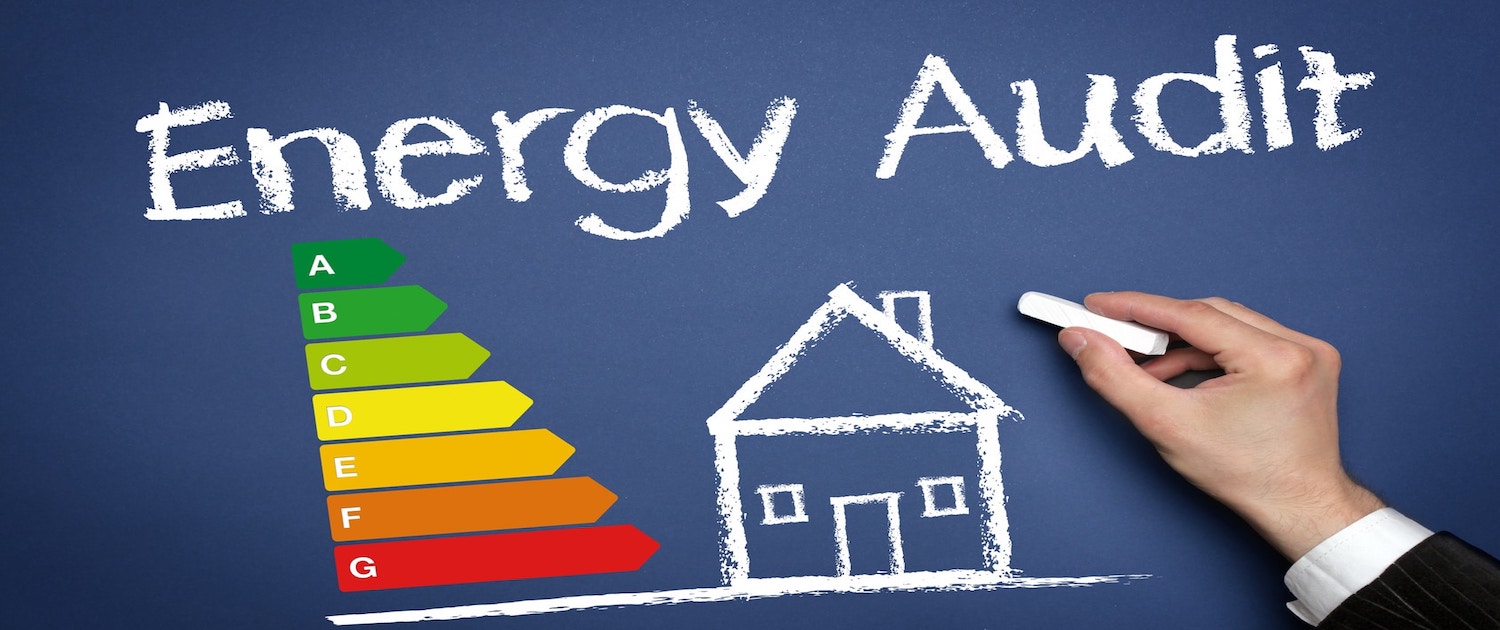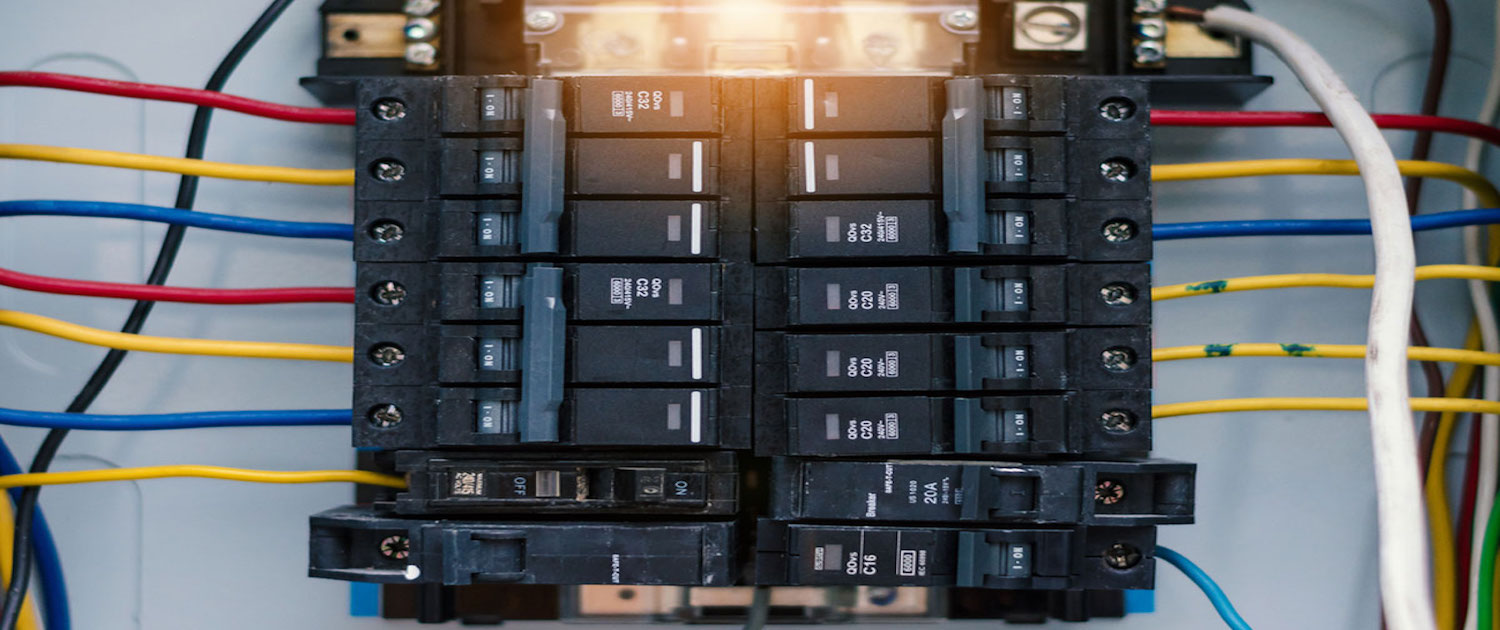November 30, 2020 | Cristina Dinulescu
Generally speaking, circuit breakers do not require replacing. A circuit breaker is built to reset, unlike a fuse, for instance. However, from time to time, it may happen that one breaks or malfunctions and you might think to replace a circuit breaker with a new one. In the majority of residential homes, there is the main circuit breaker and separate branch circuit breakers which connect to different areas in the house.
However, it is not advisable to just replace circuit breakers if they do malfunction, and you should seriously consider upgrading your panel altogether or adding sub-panels. Here are 4 reasons why.
1. It’s Not As Easy As You Think
If you are wondering how to replace circuit breakers, it’s really not all that complicated. To replace a circuit breaker, all you need to do is follow step-by-step instructions and take a few measures of precaution.
However, buying the circuit breaker may turn out to be more difficult than you think. The biggest problem you may be faced with when replacing a breaker in the panel is that you first need to find one that is of the same size and preferably the same brand as your old circuit breaker. It will not function unless it is replaced with a new circuit breaker of the exact same make and model.
Of course, in order to find one that is exactly the same as your previous breaker, you will need to get some details, such as the brand and model number. You will be able to find these either off your old breaker or inside the breaker panel box.
2. It Can Be Dangerous To Replace A Circuit Breaker
When doing electrical work, replacing outlets or even working with different electrical devices, there are safety considerations at every step. Because circuit breakers and panels house a large amount of electricity, it’s absolutely necessary to take the right safety precautions. In addition, any work on circuit breakers requires specific tools, and not having the right tools can pose a danger in itself.
High visibility is extremely important, so part of the essential equipment is having adequate lighting. Any electrical work requires the ability to properly and clearly see all the wires and how they are connected to each other. A touch of a live wire can be sufficient to provoke a fatal accident.
An insulated flashlight is a good option, but not if you have to hold on to it. Trying to change the circuit breaker with one hand while holding on to the flashlight with the other can be pretty difficult, especially for amateurs. So not only can it be dangerous, but now you also have to invest in freestanding lighting, one that comes with a power supply. Considering that the power is off when the replacement of the circuit breaker takes place, you won’t be able to use any of the existing outlets. You can find these lights in any hardware or electrical supply store.
3. It Can Damage Your Appliances
The problem with circuit breakers is that when they trip, they impact electrical appliances. The more complicated a device is, the less thrilled it will be to be switched off by a breaker. While a dryer will be just fine by switching it with a breaker, a computer is an entirely different matter. Computers hate having the power interrupted.
If you don’t want to have it happen again, you need to find out what caused it to trip in the first place. In some situations, the breaker itself might be damaged, but it’s also possible that the breaker is functioning just right when it happens to pop.
4. It Will End Up Costing More To Replace Circuit Breakers
There must be something causing your circuit breakers to trip often. It could be any of the following possibilities:
- an overloaded circuit: This is probably the most common reason for a tripping circuit breaker. Overload appears when a circuit is trying to draw a larger electrical load than it was designed to carry. When too many devices are functioning at the same time, the circuit’s internal sensing mechanism heats up and the breaker trips by means of a spring-loaded component within the breaker itself.
- a short circuit: This is a more serious reason for a breaker tripping. A short circuit takes place when a hot wire (black) touches a neutral wire (white). This allows for an abrupt unimpeded electricity flow due to low resistance. The abrupt increase of electricity going into the breaker may activate the tripping mechanism.
- a ground fault: This is a particular type of short circuit and it occurs when a hot wire comes in contact with a ground wire, a metal box or wood framing members. These can be particularly dangerous if they take place in places with a high humidity level like bathrooms, kitchens or outdoor locations. You should know that a ground fault carries a certain shock risk.
- an arc fault: This applies only to AFCI breakers. The power fluctuations which happen when sparking, take place between contact points in a wire connection. The reason for this could be loose screw terminal connections in an outlet or switch. Basically, an AFCI breaker senses early wiring issues before these can cause ground faults or short circuits.
No matter which of the ones above is the actual cause, in the end you’ll probably have to upgrade your electrical system anyway. Each of them can have serious consequences, so you’ll need to upgrade the entire panel to keep your home safe. Unfortunately, by that time, you will need to cover greater expenses.
Plus, if electrical devices are ruined in the process, these will need replacing as well, meaning additional costs. Clearly, the greater the damage, the higher the cost. By choosing to upgrade your panel from the beginning, you can save money, time and headache.
The right electrical upgrade can dramatically improve the value and appearance of any home or business. You’ll be amazed at what a difference the right electrical upgrade can make for your home or business. Make sure that when you select an electrical company to do the enhancement of your home and you have decided to take your enhancement to the level where you require an electrical upgrade that the technician at the company has a good working knowledge and the experience to properly guide you in this area.
When you decide to upgrade, our well-trained and certified electricians have all the experience and training needed to complete your electrical panel upgrade project from start to finish, with a minimum of fuss or disturbance. Please contact us right away at 310-800-2401

